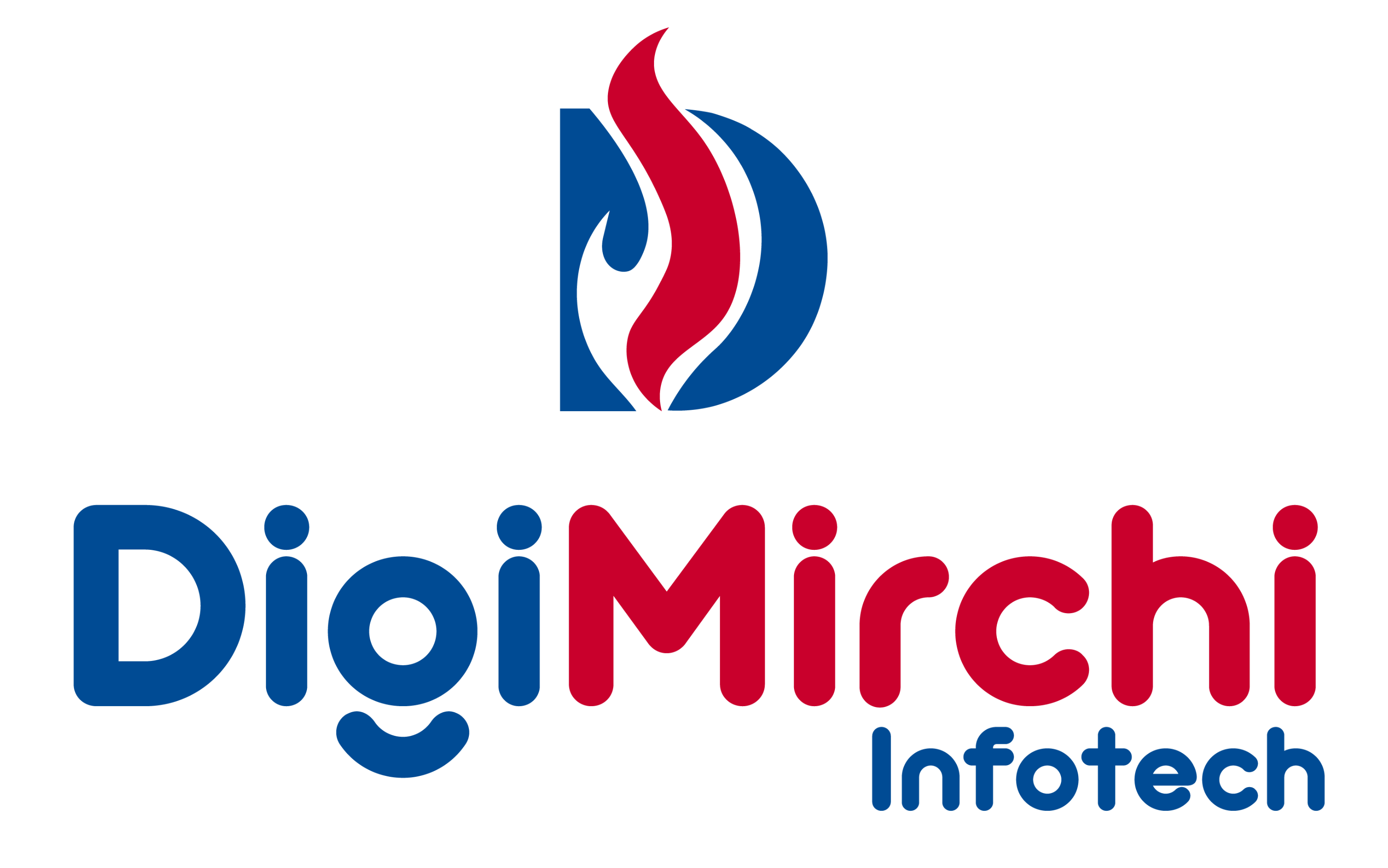The Growing Challenge of Cloud Costs
Cloud computing delivers unparalleled flexibility and scalability, but without proper management, costs can spiral out of control. Organizations report that 30-40% of cloud spending is wasted on unused resources, over-provisioned infrastructure, and inefficient architectures. In 2025, cloud cost optimization has become a strategic imperative, with FinOps practices essential for maintaining competitive advantage while controlling expenses.
Effective cost optimization isn't about cutting corners or sacrificing performance. It's about right-sizing resources, eliminating waste, and aligning cloud spending with business value. Organizations that master cloud cost optimization achieve significant savings while improving application performance and operational efficiency.
Establishing FinOps Foundations
FinOps (Financial Operations) brings financial accountability to cloud spending through collaboration between finance, technology, and business teams. Implement a FinOps framework that includes cost visibility, allocation, optimization, and governance. This cultural and operational shift ensures everyone understands cloud costs and takes ownership of optimization.
Create cross-functional teams that include finance professionals, cloud architects, and business unit leaders. Establish regular reviews of cloud spending, identifying trends, anomalies, and optimization opportunities. This collaborative approach ensures technical optimization aligns with business priorities and financial constraints.
Right-Sizing and Resource Optimization
Right-sizing involves matching resource specifications to actual workload requirements. Many organizations over-provision resources, paying for capacity they never use. Analyze utilization metrics to identify oversized instances, then resize to appropriate specifications. This simple optimization typically reduces compute costs by 20-40% without impacting performance.
Implement automated scaling policies that adjust resources based on demand. Auto-scaling ensures you have sufficient capacity during peak periods while reducing resources during quiet times. For predictable workloads, use scheduled scaling to align capacity with known usage patterns, maximizing efficiency and minimizing costs.
Leveraging Reserved Instances and Savings Plans
Commit to reserved capacity for stable, predictable workloads to achieve 40-75% savings compared to on-demand pricing. Analyze usage patterns to identify opportunities for reserved instances or savings plans. Start with conservative commitments for your baseline workload, using on-demand or spot instances for variable demand.
Regularly review and optimize reservation portfolio. As application usage evolves, adjust reservations to match current needs. Consider convertible reservations that provide flexibility to change instance types while maintaining significant discounts. This flexibility prevents reservation lock-in as your infrastructure requirements change.
Spot Instances and Preemptible VMs
Leverage spot instances or preemptible VMs for fault-tolerant workloads to achieve savings of 60-90% compared to on-demand pricing. Batch processing, data analysis, CI/CD pipelines, and development environments are ideal candidates. Implement graceful handling of interruptions to maintain workload completion despite spot instance termination.
Use spot instance diversification strategies that request multiple instance types across availability zones. This increases likelihood of obtaining and maintaining spot capacity. Combine spot instances with on-demand instances for critical workloads, ensuring reliability while maximizing cost savings.
Storage Cost Optimization
Storage costs accumulate quickly, especially with data growth. Implement lifecycle policies that automatically transition data to lower-cost storage tiers based on access patterns. Infrequently accessed data should move to cheaper cold storage, while archived data can use glacier or deep archive storage at a fraction of standard costs.
Regularly audit and clean up unused storage resources. Delete orphaned volumes, old snapshots, and abandoned data. Implement automated retention policies that remove data when no longer needed. Enable compression and deduplication where supported to reduce storage volume without sacrificing accessibility.
Network and Data Transfer Cost Management
Data transfer costs often surprise organizations new to cloud. Minimize cross-region and internet egress charges by architecting applications to keep data transfer within regions. Use content delivery networks (CDNs) to cache content closer to users, reducing origin server data transfer and improving performance simultaneously.
For multi-cloud or hybrid environments, carefully plan data placement to minimize expensive cross-cloud transfers. Compress data before transfer and implement caching strategies to reduce unnecessary data movement. These practices can reduce network costs by 30-50% while often improving application performance.
Monitoring and Cost Visibility
Comprehensive cost monitoring is essential for optimization. Implement tagging strategies that attribute costs to specific projects, teams, or business units. This granular visibility enables accurate chargeback or showback, creating accountability and driving optimization at all organizational levels.
Use cloud cost management tools to set budgets, alerts, and anomaly detection. Proactive monitoring prevents unexpected cost spikes and enables rapid response to optimization opportunities. Regular cost reviews should be standard practice, with findings driving continuous improvement initiatives.
Application Architecture Optimization
Architecture decisions significantly impact cloud costs. Adopt serverless computing for event-driven workloads to pay only for actual execution time. Use managed services that eliminate infrastructure overhead and often cost less than self-managed alternatives. Implement caching strategies that reduce compute and database load.
Optimize database costs through appropriate instance sizing, read replicas for scaling read operations, and reserved capacity for production databases. Consider database-as-a-service options that provide automatic optimization and scaling. Archive historical data to cold storage, keeping only active data in expensive production databases.
Continuous Optimization Culture
Cloud cost optimization is not a one-time project but an ongoing practice. Establish regular optimization reviews, celebrate cost-saving wins, and make efficiency a core value. Provide teams with tools, training, and incentives to optimize costs proactively. This cultural shift ensures sustainable cost management as cloud usage grows.
Track optimization metrics and report on savings achieved. Demonstrate the business value of cost optimization efforts to maintain organizational support. Share best practices across teams to multiply optimization impact throughout the organization.
Expert Cost Optimization Support
DigiMirchi Infotech helps organizations implement comprehensive cloud cost optimization strategies. Our FinOps experts analyze spending patterns, identify optimization opportunities, and implement solutions that reduce costs while maintaining or improving performance. We provide the expertise, tools, and processes needed to achieve sustainable cloud cost efficiency. Partner with us to transform cloud spending from a concern to a competitive advantage.






